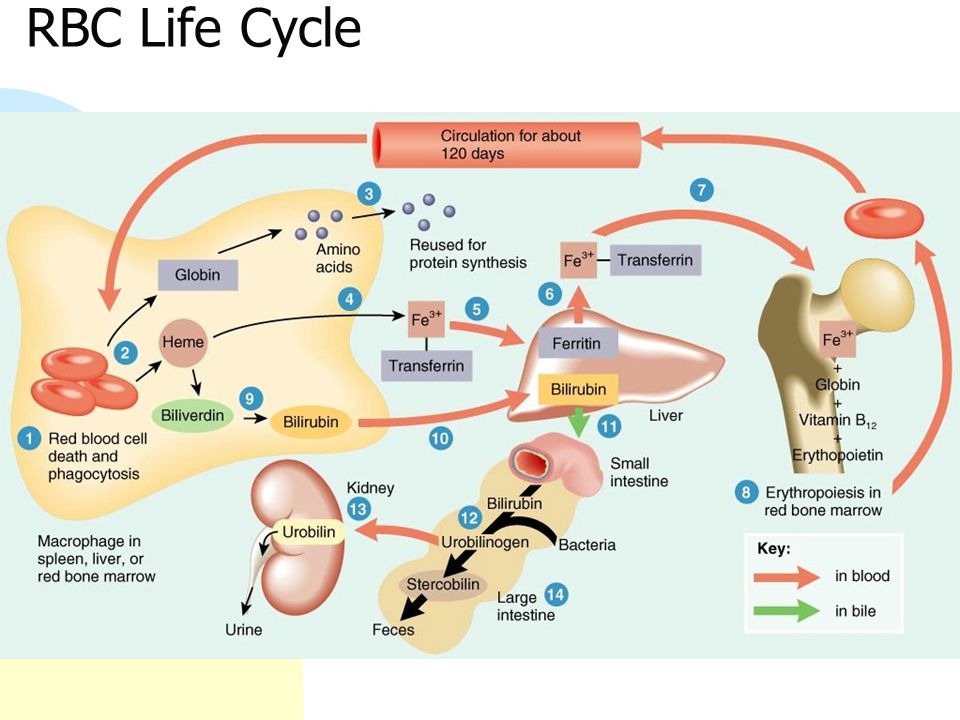What
causes genes to mutate?
•
Ionising radiation – X Rays, UV light
•
Chemicals –from cigarettes, plastic
processing, pollutants,
•
Virus infection – papilloma virus, HBV, etc.
•
Hereditary predisposition – Some families are
more susceptible to getting certain cancers. you can’t inherit
cancer
Missence: When base substitution results in the generation of a codon that specifies a different amino acid and hence leads to a different polypeptide sequence. Depending on the type of amino acid substitution the missense mutation is either conservative or non-conservative.
Nonsense: When a base substitution results in a stop codon ultimately truncating translation and most likely leading to a non-functional protein.
Aneuploidies- Is the presence of an abnormal number of chromosomes in a cell, for example a human cell having 45 or 47 chromosomes instead of the usual 46. It does not include a difference of one or more complete sets of chromosomes.
|
Mutated Cancer
Genes
|
|
|
Oncogenes |
Oncosuppressors |
|
Genes that positively contribute to
cancer, they need to be more active. They usually push proliferation, inhibit apoptosis, block differentiation, make stemness. |
genes that need to be inactivated
to contribute to cancer. They usually inhibit proliferation, induce apoptosis, induce differentiation |
!!**REMEMBER TO STAY POSITIVE LIKE A PROTON**!!
